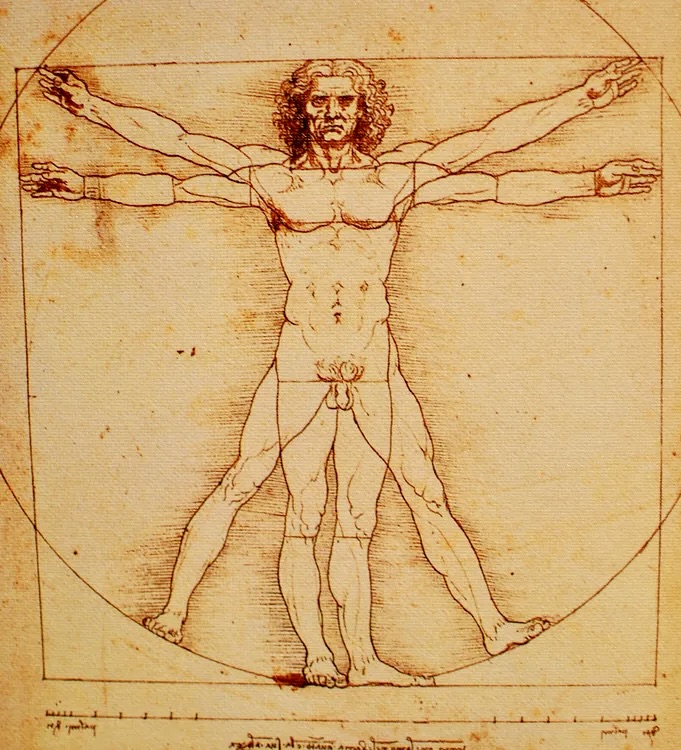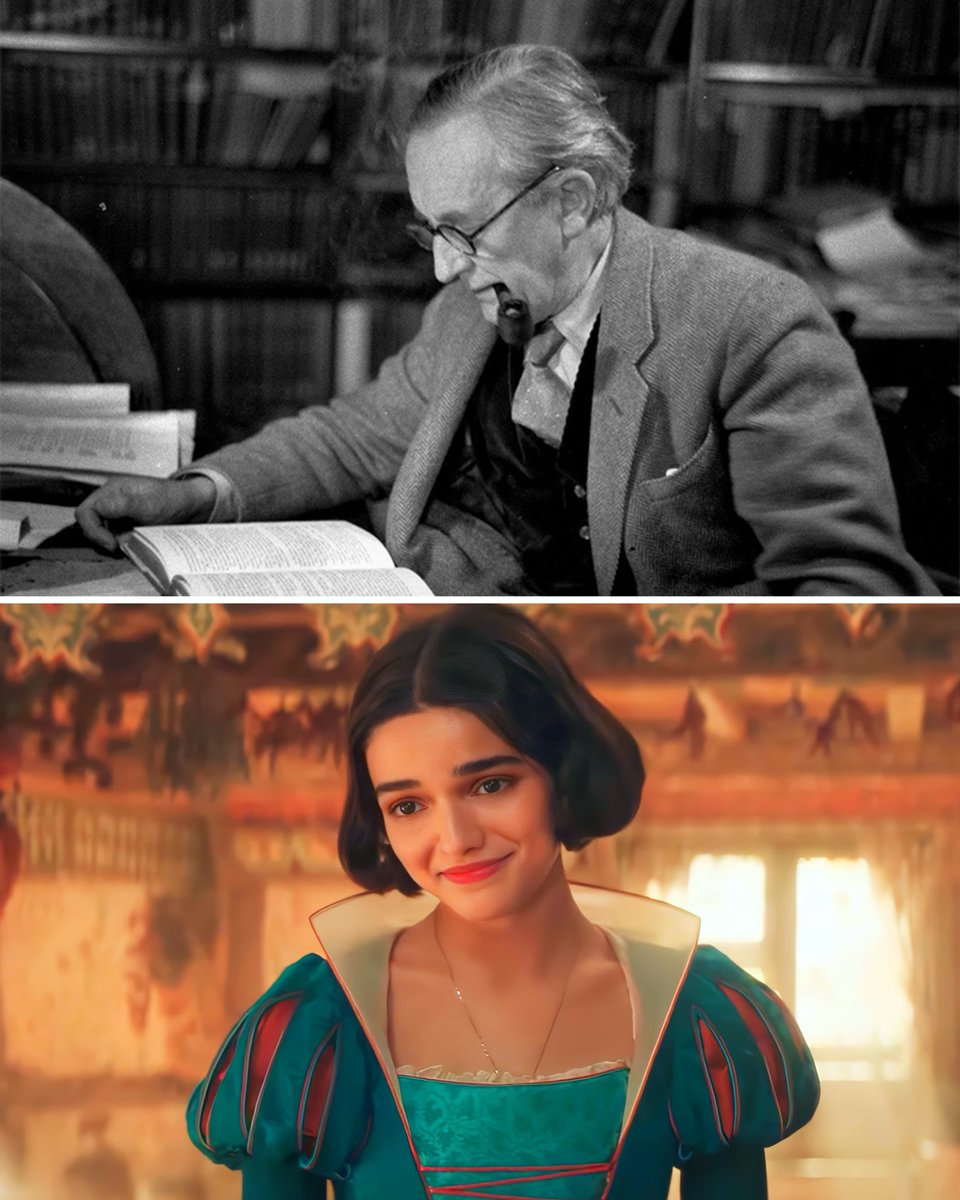You've seen this image before. It's Leonardo da Vinci's "Vitruvian Man" — but who actually was he?
Well, the Renaissance masters were all imitating a man who lived over 1,000 years earlier.
When his work was discovered in an old library, it changed everything... (thread) 🧵
Well, the Renaissance masters were all imitating a man who lived over 1,000 years earlier.
When his work was discovered in an old library, it changed everything... (thread) 🧵

Da Vinci was fascinated by how geometries of nature could be applied to art and engineering. He studied the ancient structures around him — to understand how they were built, and the ratios encoded within them... 

In 1416, an ancient text was rediscovered in a library in Switzerland, and it changed everything.
It was called De architectura, by a Roman architect named Vitruvius. It was the book that founded the study of architecture...

It was called De architectura, by a Roman architect named Vitruvius. It was the book that founded the study of architecture...


Vitruvius explained the principles of classical architecture and how to build it: appropriate dimensions to use, the required thickness of walls, how to calculate correct slopes... 

Above all, he explained that buildings should have symmetry and proportion — this makes them harmonious and connects them with nature.
They should be constructed using precise ratios, with every part of the building in proportion to the rest.
They should be constructed using precise ratios, with every part of the building in proportion to the rest.

Renaissance architects embraced these principles of symmetry and harmony, using them to build some of the most beautiful structures ever seen — modeled on the architecture of antiquity... 

But what fascinated da Vinci most was Vitruvius' astounding idea:
That the ideal ratios for building could be found in the human body.
Vitruvius described how placing a man inside a square and circle yielded the ideal proportions for a church...
That the ideal ratios for building could be found in the human body.
Vitruvius described how placing a man inside a square and circle yielded the ideal proportions for a church...

It wasn't only Leonardo intrigued by this. One architect attempted to draw Vitruvius' description, and another measured a man against a church floor plan...




It was all linked to an ancient, unsolvable math problem called "squaring the circle":
How do you draw a square with the same area of a circle, using only a compass and straightedge?
How do you draw a square with the same area of a circle, using only a compass and straightedge?

This question was of profound, symbolic significance, because the circle represented the divine and infinite, while the square was earthly and finite.
The problem is not in fact solvable (due to the nature of pi), but Leonardo solved it symbolically...
The problem is not in fact solvable (due to the nature of pi), but Leonardo solved it symbolically...
He placed the man with his naval at the center of the circle, and his genitals at the center of the square. His outstretched arms touch the edge of the square — and the edge of the circle when raised. 

It's one of the most famous images of all time — but why?
The drawing is clearly beautiful (and was probably a self-portrait), but it encapsulated something deeper..


The drawing is clearly beautiful (and was probably a self-portrait), but it encapsulated something deeper..


Underpinning the Renaissance was the idea that man was the center of the universe. Perhaps humanity was so important that proportions of the body could solve ancient geometrical puzzles?
Geometry was the language of the universe, and God the divine geometer...
Geometry was the language of the universe, and God the divine geometer...

Using geometry, Leonardo showed that man can exist in both the earthly and divine realms (the square or the circle) — depending on what he chooses. 

That humanistic idea is why the art of the time was so uplifting. Michelangelo's David was supposed to inspire passers-by with the potential of what man can be at his best...

And it's why the Greeks built architecture to feel human.
Their harmonious designs were no accident, drawing on the geometries of nature. Vitruvius preserved the formula, and it's still used in every corner of the globe today.
Their harmonious designs were no accident, drawing on the geometries of nature. Vitruvius preserved the formula, and it's still used in every corner of the globe today.

The Vitruvian Man was genius for bringing all this together. A simple notebook sketch that put man at the center of the universe — and became a symbol of Renaissance humanism that will never be forgotten... 

If we're going to create art like this again, we need a worldview centered on the importance of humanity.
I go deeper in my free newsletter — 46,000+ read it: art, history and culture 👇
culturecritic.beehiiv.com/subscribe
I go deeper in my free newsletter — 46,000+ read it: art, history and culture 👇
culturecritic.beehiiv.com/subscribe
• • •
Missing some Tweet in this thread? You can try to
force a refresh


























